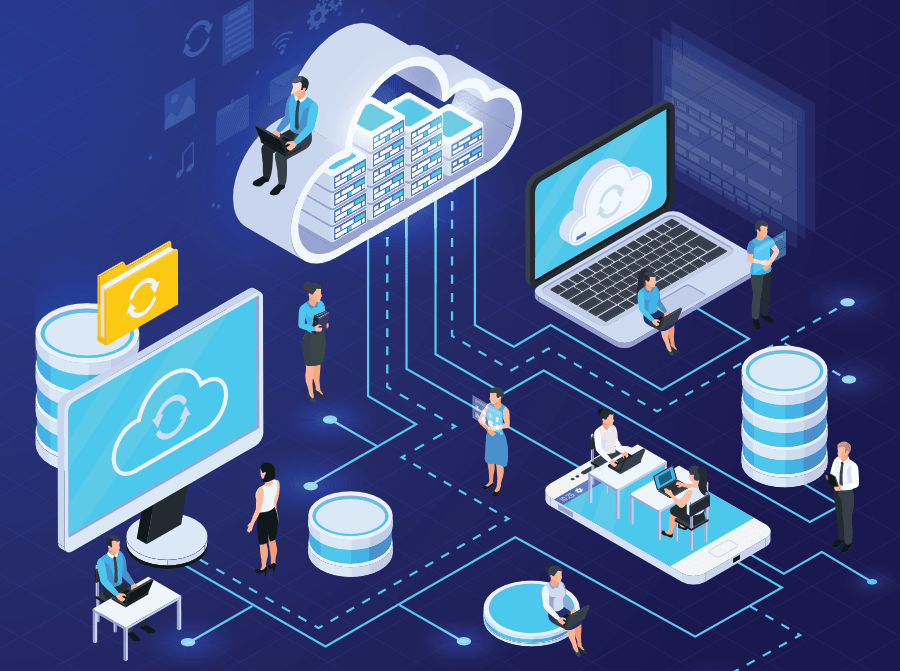
The term Cloud stands for Ubiquitous availability of Bandwidth and storage, anytime and anywhere. Cloud Computing stands for on-demand computing services for applications, storage and processing power.
The Birth of Cloud: There was a time when organizations owned their own servers, which they had to maintain, scale the BW & Storage and archive the data. Then came along data centers, where the responsibility was taken over by the independent data centers. With the invention of Software Defined Switches and Software Defined Storage, the cloud was born, where the organizations no longer have to worry about the location of the data centers, BW, storage, scalability and archiving the data. This resulted in the birth of companies such as Amazon Web Services (AWS), Microsoft Azure, Google, Facebook, Oracle and many others; who already had a huge need for cloud computing internally and globally, for their own and their customers’ use; and these companies started adding and renting their surplus capabilities to other companies.
Why the name Cloud Computing: The premise behind the cloud computing is that the location of the hardware operating system on which it is running are irrelevant to the user.
Cloud Computing Advantages:
Rather than owning their own computing infrastructure or data centers, companies can rent access to applications, storage, BW and computing power from a cloud service provider. The key advantage to the companies no longer has to maintain their own IT infrastructure and simply pay for what they use. The cloud computing service provider can deliver the same service to a wide range of users.
Various Cloud Computing Services: Basic Storage networking, natural Language processing, Artificial intelligence, Standard office applications, Mail services, Media streaming and Back-up of your photos on a smart phone.
There are three type of Cloud Computing Models:
Cloud Computing Benefits: The basic benefits are the type of cloud service you are using and fundamentally, using cloud service means that you don’t have to maintain your own computing infrastructure and you can scale it at a short notice.